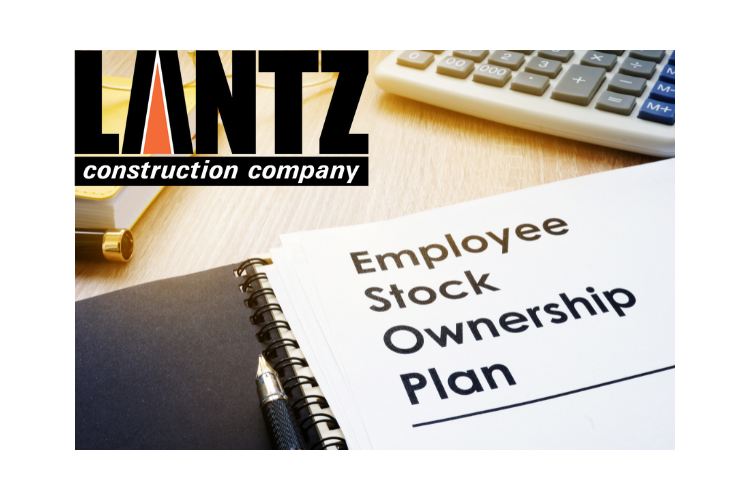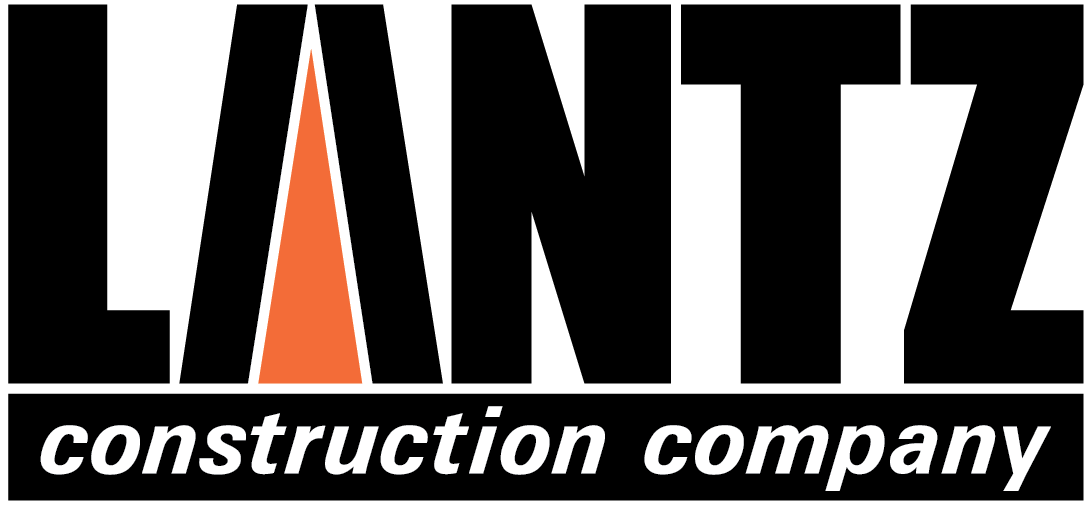
In July 2019, Lantz became 100% employee-owned through its ESOP (Employee Stock Ownership Plan), which had been established in 2006. This great article posted 02/21/2022 at www.forbes.com cites the growing trend toward ESOPs, with the construction industry reportedly leading the charge, and explains in detail the many benefits of an ESOP. The author, Mary Josephs, is Founder & CEO of Verit Advisors and has nearly three decades of experience with ESOPS.
Why Construction Companies Are Leading The ‘Decade Of ESOPs’ Trend
Family- or partner-owned construction and engineering (C&E) companies aren’t just laying foundations for their clients. Many are active participants in this decade’s trend of using employee stock ownership plans, or ESOPs, to build employee loyalty and retirement assets while increasing their founders’ wealth transfer options.
Predominantly family- or partner-owned, C&E companies have long used employee ownership plans. Roughly 20% of Engineering News-Record’s top 100 contractors and top 100 design firms for 2021 use an ESOP as part of their capital structure and employee benefit package.
As veteran ESOP advisors, we are seeing this movement continuing into 2022 and likely beyond. In fact, we just announced completion of a 100% ESOP transaction for Seattle’s BNBuilders, a 22-year-old construction company with over 1,000 employees. What we discovered is that during the COVID-19 pandemic, many owners in their mid-50s and 60s began wondering “what’s next.”
Establishing an ESOP can make a difference in succession, both for the owner and the next generation of management. It allows them to retain a family’s legacy while transferring ownership to employees, thus retaining the company’s culture without selling to another entity.
We advised W&W Glass, one of the nation’s largest supplier of structural glass systems, on ESOP transaction alternatives, which led to it becoming 100% ESOP-owned in late 2019. As Managing Partner Jeff Haber (whose grandfather laid the ground work for the business 70+ years ago) describes it, an ESOP “is… the best of all worlds.” Haber explains that an ESOP helps the firm to reward employees “who’ve helped us get to where we are,” while providing a tax benefit not available any other way, enabling the founder and family members, if they wish, to receive their proceeds over time, and providing incentives for the “the next level of leaders to stay and build the company.”
Lorne Rundquist, chief financial officer of Rosendin Electric Inc. – the country’s largest privately owned electrical contractor now celebrating its 30th ESOP anniversary – maintains that many owners don’t favor going the private equity route because the debt required usually limits what can be used to finance company growth. Rundquist cites a third-generation owner without family members to take over the business who opted for an ESOP structure, convinced that his well-trained and deserving professional staff would have the ability to continue growing the company and his legacy if not burdened by a debt-financed private equity buyout.
My long-time friend William McDermott is a current director of five construction industry ESOPs and former CEO at a mature ESOP. Bill notes that “a growing understanding exists that the ESOP structure permits individuals to live the American dream, while enabling selling shareholders to be compensated fairly for the company they built up.”
ESOP tax advantages can be substantial. Since the value of the company is transferred to employees through a qualified retirement plan, there is no immediate tax impact and any amount accrued is tax-deferred. Further, selling shareholders of a company that is a C corporation can take advantage of §1042 tax treatment if at least 30% of the company stock is sold to the ESOP and certain other criteria are met. There are also substantial benefits for an ESOP-owned S corporation, which pays no federal income taxes if the ESOP owns 100% of a company’s stock.
This is an opportune time to consider an ESOP. Many established C&E ESOP companies fared surprisingly well during the pandemic. While profits were hurt for some, access to capital continued to be strong for many firms as did cash flow and liquidity. For family-owned C&E companies considering an ESOP, this is our advice to help make the experience go smoothly:
1. Use realistic projections. Sometimes, to maximize the sales price, selling shareholders are over-optimistic in their projections. Later, this can saddle the company with insufficient funds to expand the business while paying off its ESOP debt. Because of the cyclical and project-based nature of the industry, it is important to highlight how backlog and project pipelines were used to develop the projections.
2. Determine how and what to communicate to employees. Both Haber and Rundquist admit they initially didn’t spend enough time determining how best to explain what an ESOP is and how it works. McDermott advises hiring an outside communications professional if there isn’t an internal communications group. “Explaining the deal is as important as doing the deal,” he contends. “It is common for C&E firms to already have a culture of direct stock ownership, so it is important to communicate early and often to those who previously put “skin in the game” and invested in the company. Making sure they understand the benefits of broad-based employee ownership through an ESOP can help smooth the process and generate buy-in. In a similar fashion, a communication package should be developed for all employees impacted by the transaction.
3. Remember the bonding requirements. Because many construction companies must adhere to significant bonding requirements, a proper ESOP structure must be in place. Delays in approving an ESOP transaction can occur if the surety is brought in too late, since their own approval process takes time.
4. Spend time making inquiries about whom to retain to help with the ESOP process. Haber notes it can require an investment banker, lawyer, accountant, trustee, recordkeeper (for required Labor Department compliance), ESOP advisor and other professionals but ”the benefits outweigh the costs.” It’s also important to find advisors that are familiar with the industry. C&E firms have unique stakeholders, including union employees and bonding firms, that need to be taken into consideration in an ESOP process.
5. Talk to others in the industry who’ve completed an ESOP — McDermott says the construction ESOP community is “very approachable and giving of advice” to those considering an ESOP, and he talks frequently to companies considering them, as does Rundquist at Rosendin.
Allow me a final observation: Having advised hundreds of companies completing a recapitalization or change of ownership, don’t let the seemingly complicated ESOP structure and transaction keep you from considering it. The success rate of construction industry ESOPs is very high, considering they comprise the largest percentage of ESOPs among the 100 largest. They include Hensel Phelps (Greeley, Colo.); Sundt Construction (Temple, Ariz.); Swinerton Builders (San Francisco); JMT (Hunt Valley, Md.), all with ESOPs created 40 or more years ago.
Having an ESOP has worked very well for these industry leaders over the long-term, and it could for your firm, too.
